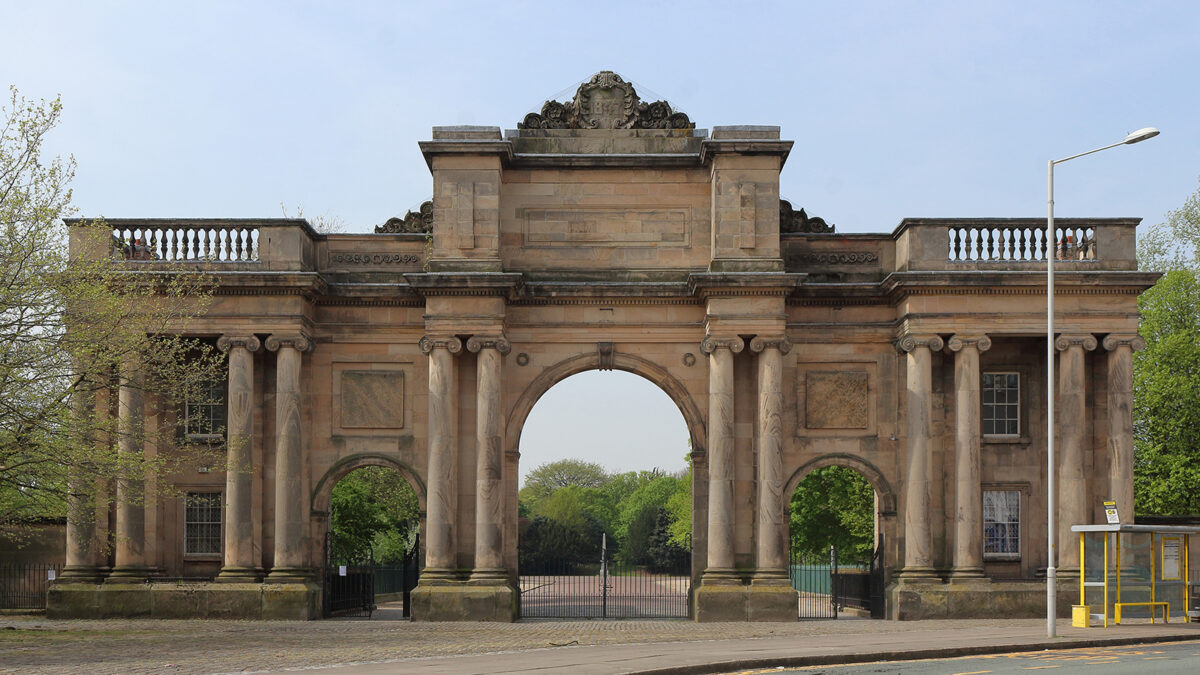The UK Government has revealed the seven places it supports to win UNESCO World Heritage Status. York city centre, Birkenhead Park and an iron age settlement in Shetland could join the prestigious list. The sites are added to the Government’s ‘Tentative List’ to join global landmarks such as the Taj Mahal and the Galápagos Islands.
Cultural and natural heritage sites, including York’s historic city centre, are a step closer to becoming UNESCO World Heritage Sites after gaining Government backing for their bids.
Five new sites from across the UK and Overseas Territories have been added to the Tentative List, meaning they are now part of a seven-site list to be put forward by the Government for inscription on the illustrious list.
The Tentative List is published around every ten years by the UK Government. It sets out the sites it feels have the best chance of succeeding and will now work with local authorities and devolved administrations to develop their bids.
Cultural sites on the list include York, which has fantastic civic and religious buildings, including its Minster and a rich history left behind by its Anglo-Saxon, Viking and Norman inhabitants.
Birkenhead Park, which opened in 1847, was a pioneering project to bring greenery to urban environments and provided a blueprint for municipal planning that has influenced town and city parks worldwide, including New York’s Central Park.
UNESCO also awards World Heritage Site status to the most extraordinary natural places on the planet.
The East Atlantic Flyway, a migratory bird route over western parts of Europe including Yorkshire, Lincolnshire, Norfolk, Suffolk, Essex and Kent, joins the UK’s list in recognition of its vital importance to bird populations and wildlife. The area sees huge transient bird populations pass through yearly as seasons change.
The Little Cayman Marine Parks and Protected Areas in the UK Overseas Territory of the Cayman Islands have been put forward for their exceptional importance to marine biodiversity and incredible natural beauty.
Also on the list, Today is the Zenith of Iron Age Shetland, a collection of three ancient settlements dating back thousands of years.
Heritage Minister Lord Parkinson of Whitley Bay said, Today we confirm our support for some of the most enchanting heritage sites and breathtaking landscapes in the UK and its Overseas Territories as they bid for the status of a UNESCO World Heritage Site.
All the locations being put forward would be worthy recipients of this accolade – and we will give them our full backing so they can benefit from the international recognition it can bring.
Laura Davies, HM Ambassador to UNESCO, said, It is excellent that the UK contributes to making World Heritage more representative.
These five sites brilliantly reflect the diversity and beauty of the UK and its Overseas Territories’ natural and cultural heritage. I look forward to working with them towards a World Heritage listing.
Michael Copleston, RSPB England Director, said, We are thrilled that the independent panel has recognised the global importance of the English east coast and that the east coast wetlands will now be part of the UK’s Tentative List of World Heritage sites.
The east coast is an essential refuge for over 155 bird species and a world-leading example of how we can manage our coastlines in the face of a changing climate with the actual value for nature and people.
We look forward to working with partners and communities up and down the coast to develop a bid for UNESCO in the coming years.
UNESCO’s World Heritage Site system offers a fantastic opportunity for cultural and natural heritage sites to gain international recognition and promote themselves globally.
If successful, the seven sites would join the 33 other World Heritage Sites already based in the UK, including Stonehenge and Hadrian’s Wall.
Two sites which submitted their complete nominations to UNESCO earlier this year also remain on the Government’s Tentative List. One is The Flow Country, a large area of peatland across Caithness and Sutherland in the north of Scotland which plays a crucial role in supporting biodiversity.
The Gracehill Moravian Church Settlement in Northern Ireland is part of a joint bid alongside other Moravian religious sites in Denmark, the United States and Germany. The proposal aims to recognise the church’s work in establishing an international spiritual community.
Caribbean Marine Institute, Secretary of the Little Cayman District of the National Trust, said, I am excited that Little Cayman’s Marine Protected Areas are officially on the UK’s Tentative List. This will undoubtedly increase awareness and protection for this fantastic little island.
Little Cayman, Cayman Islands, is a unique geological and ecological phenomenon already recognised as a Mission Blue Hope spot. This new acceptance will help bolster the legendary status of our marine environment.
Our little island has been recognised locally with a National Conservation Law that protects 74.9% of our shoreline, out to 45.5m (150’) deep. Our sensitive wetlands, lagoons, mangrove forests and reefs are a source of pride and inspiration for all our island community, and our feelings and actions are primarily dedicated to its preservation. The Cayman Islands Government and our island citizens are proud and protective of this unique environment. Taking this next step to have it recognised as a UNESCO World Heritage site is thrilling for all parties involved.
Top Image Entrance to Birkenhead Park, one of seven sites to be backed by Government for Unesco World Heritage Status Wikimedia Commons, CC BY-SA 4.0, Rodhullandemu

